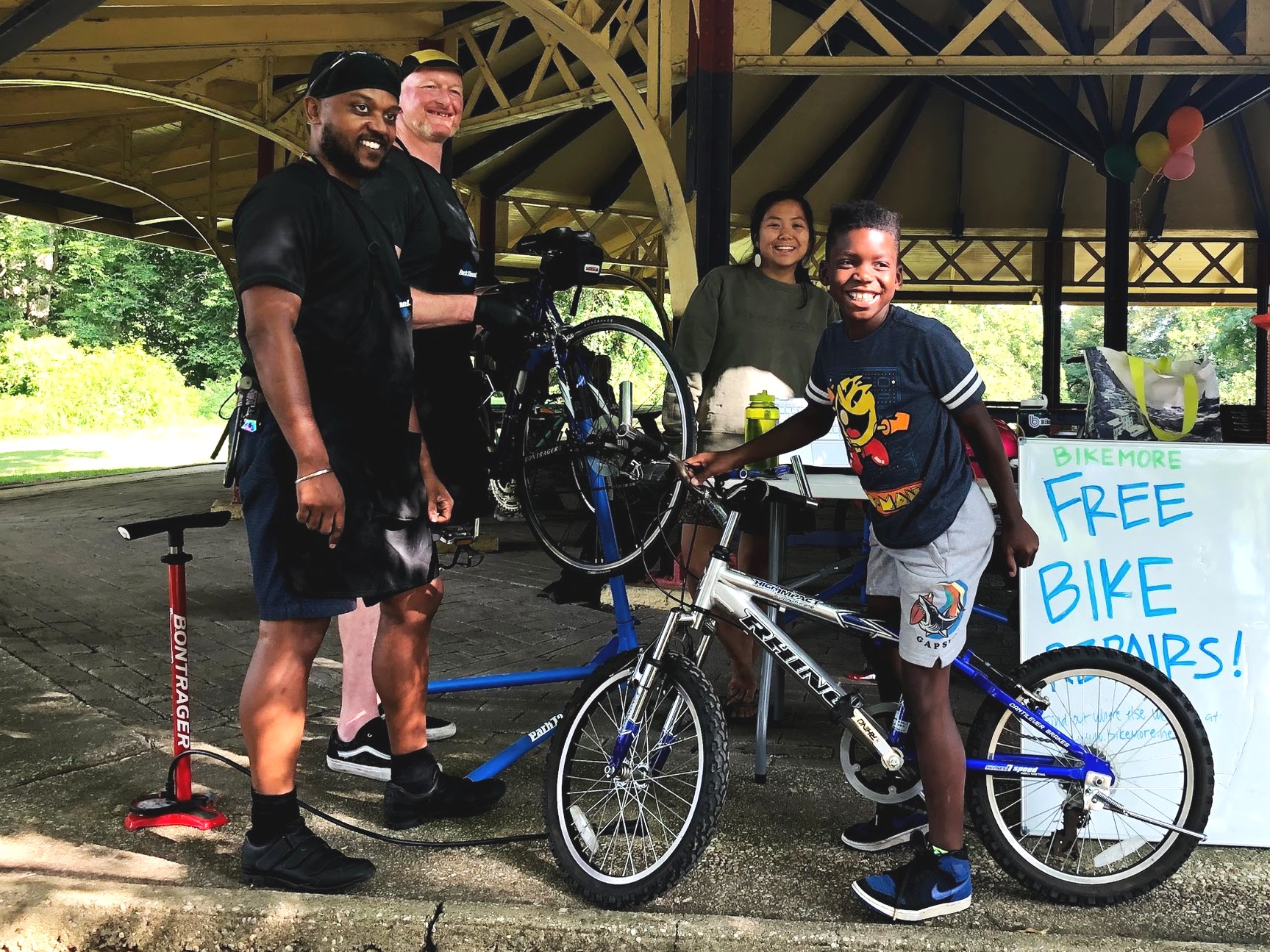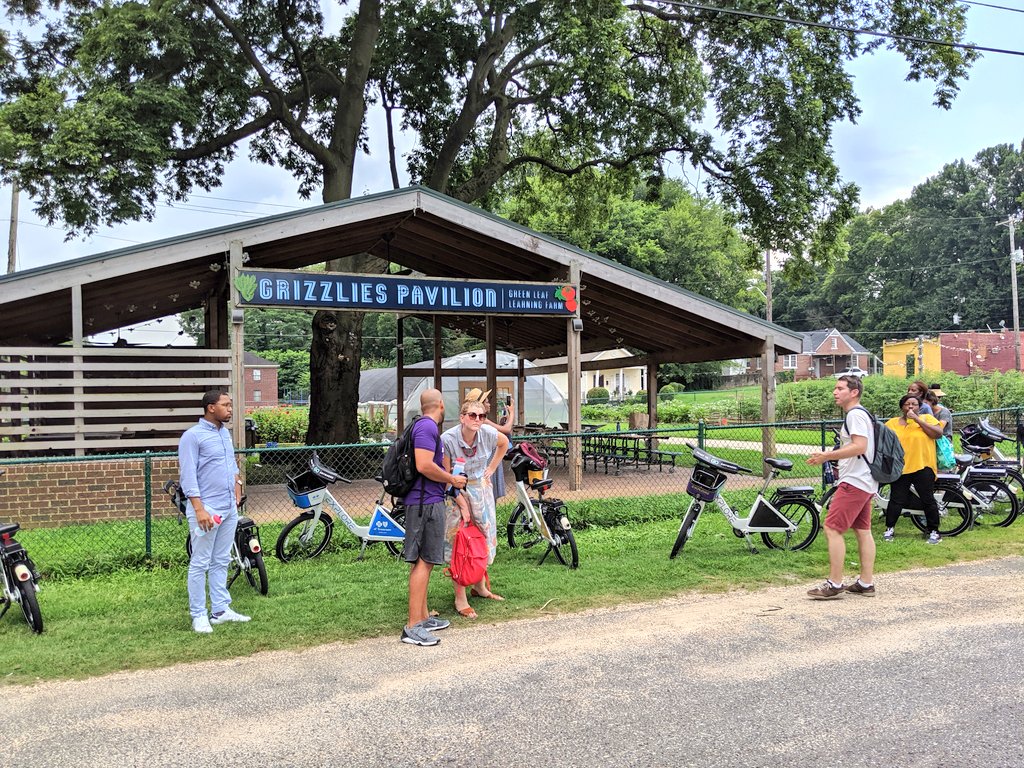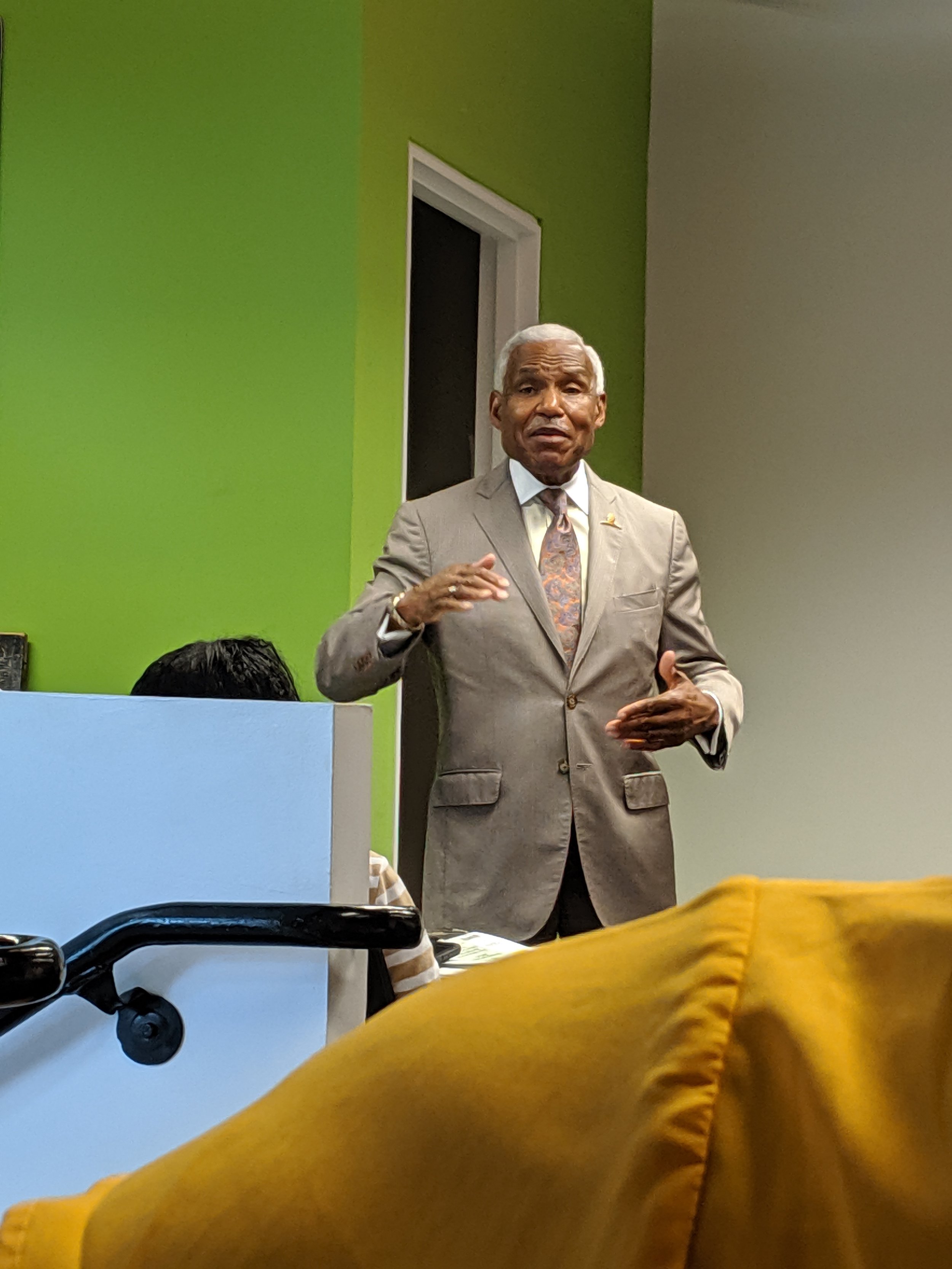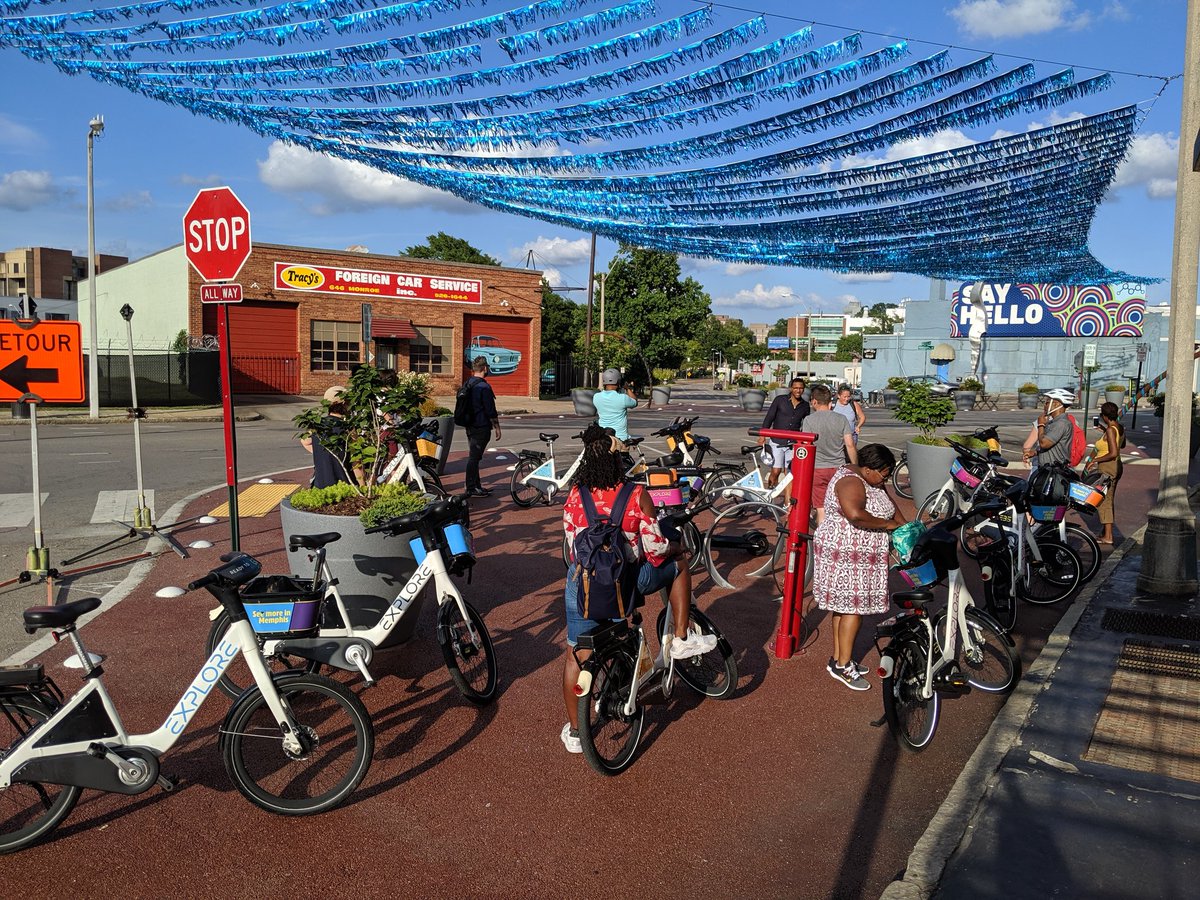Bikemore has always had a strong voice on social media. It is an important way for us to drive direct action, to shape discourse, and to promote our programs and events that build community. When it comes to bikes and bike advocacy if you spend too much time on social media, the online chatter can get pretty noisy and even contentious. Bikemore IRL (in real life) was a way for us to turn down the volume and see what else there is to hear. We were curious what our work would look like if we went offline and instead focused on creating more opportunities to meet people in person.
It is an exciting time for Bikemore. We have added two new staff and adopted our three year strategic plan that has us growing exponentially. It was a really good time to ask ourselves “who do we want to be when we grow up?”. Social media has been integral in growing our base of supporters. But if we are going to meet our mission of safe streets for all, we needed to listen and connect to people that represent all of Baltimore, people we were not reaching on social media.
Social media only tells a partial story. And if that’s the only one you read you would think that no one in the whole city wants a bike lane, or a trail, or a safer cross walk that might take out a parking space in their neighborhood. But when you go to a community meeting or a block party and you start asking people what would they change about their street, we have yet to meet anyone that doesn’t want cars to drive slower through their neighborhood. When you start by listening to the values people hold, and then work together to develop potential solutions to uphold them, that is good advocacy.
Throughout August we served coffee along bike lanes, fixed bikes at our Mobile Bike Shop, and talked to dozens of people about how to create streets that are for people, not just cars. From Edmondson Village to Lake Montebello to Druid Hill Park the message was clear. Bikes are fun and people want more safe places to ride. People want places to walk to in their neighborhood, they want to feel safe crossing the street. They want to be able to ride the bus to work without wondering if they will get there on time. They want to go to parks and events that are currently inaccessible unless you are in a car. They want what Bikemore works to build. They want a City for People.
We know that in every neighborhood in the City there is someone ready to fight for safer streets, equitable development, and improved public transit. We are ready to pour everything we have into making that happen. But in order to be successful we need as many people as we can working toward that common goal. Bringing people together will take more than likes and shares. It will require we form meaningful relationships with people across the entire city. The type of relationships that can only be made in real life.
What’s next?
During Bikemore IRL we learned a lot, we forged new connections and partnerships by being present, and we reflected on how we communicate and for what purpose — all of which will be helping to inform our work in the coming months. We’re now back on Facebook, Twitter and Instagram providing our regular updates on what we’re working on and how you can get involved, but we’ll view it with more direction and purpose.
We also decided to revamp a monthly get together we used to host called Bike Leaders Breakfast. Bike Leaders Breakfast started because we realized there were people working on a variety of bike programming and advocacy throughout the city, but it felt like we weren’t connecting. We invited those folks over for breakfast and started to share resources and ideas more freely. Now we’re revamping the monthly breakfast and inviting all to join. So mark your calendars for the first Friday of the month. This month will be at our office at 2209 Maryland Ave, in the future check our calendar for the location.




























